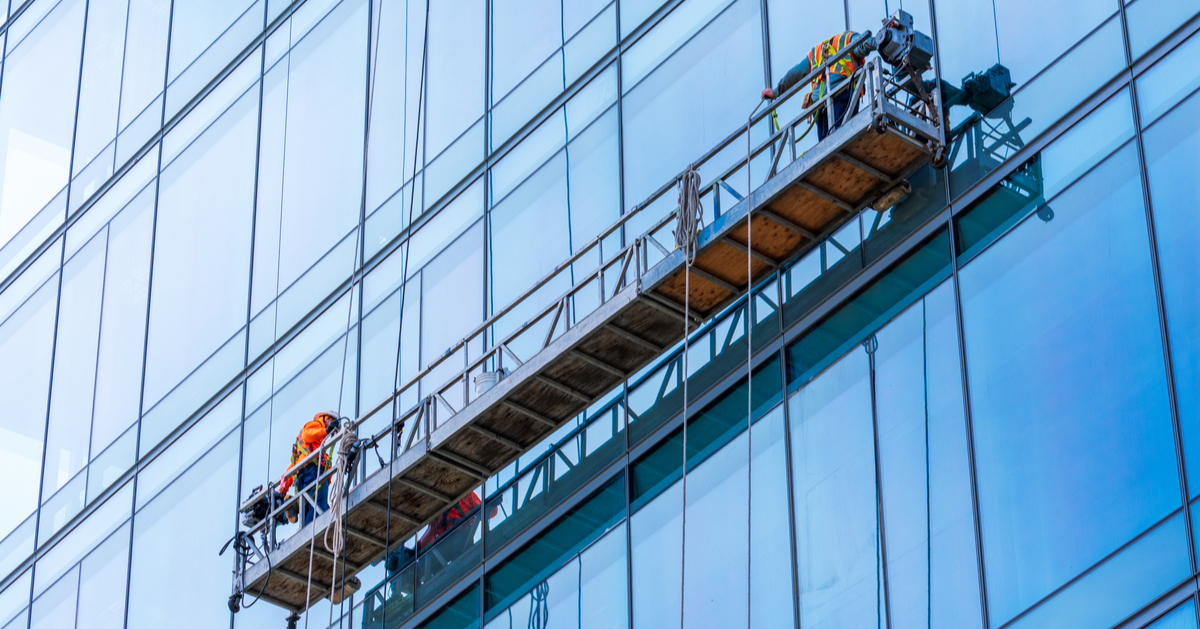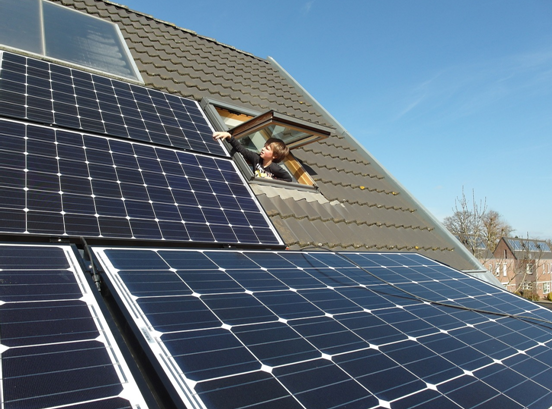Window Washing for High-Rise Buildings: Techniques and Safety

Cleaning the windows of high-rise buildings presents unique challenges that require specialized techniques and strict safety protocols. This essential maintenance task ensures not only the aesthetic appeal of towering structures but also their longevity and safety. Here’s an overview of the techniques used in high-rise window washing and the critical safety measures that must be adhered to.
Techniques for High-Rise Window Washing
- Rope Access: Rope access is one of the most common and versatile techniques for high-rise window cleaning. Technicians use a system of ropes, harnesses, and other specialized equipment to descend or ascend the building’s exterior. This method is favored for its flexibility and ability to reach difficult areas. It requires rigorous training and certification to ensure the safety and effectiveness of the workers.
- Bosun’s Chair: The Bosun’s chair, a simple but effective piece of equipment, consists of a suspended seat on which a window cleaner sits while working. It allows for a controlled descent along the building facade, providing stability and ease of movement. This method is suitable for buildings with fewer obstructions and straightforward vertical surfaces.
- Suspended Scaffolding: Suspended scaffolding, or swing stage, involves a platform that is lowered from the top of the building. This platform can hold multiple workers and is ideal for large-scale cleaning projects. It offers a stable working surface and allows for carrying tools and cleaning supplies, making it suitable for extensive or more detailed cleaning tasks.
- Water-Fed Pole Systems: For mid-rise buildings or parts of high-rise structures that are within reach, water-fed pole systems can be used. These systems employ extendable poles with brushes and purified water to clean windows. The purified water helps prevent streaking and spotting, providing a clean finish without the need for chemical detergents.
Safety Measures in High-Rise Window Washing
- Training and Certification: All high-rise window washers must undergo comprehensive training and obtain certification in rope access, equipment handling, and emergency procedures. Organizations like the International Window Cleaning Association (IWCA) and the Occupational Safety and Health Administration (OSHA) set the standards for training and certification.
- Proper Equipment: The use of appropriate and regularly inspected equipment is crucial. This includes harnesses, ropes, helmets, gloves, and other personal protective equipment (PPE). All equipment must meet safety standards and be regularly maintained to ensure its reliability.
- Weather Conditions: Weather plays a significant role in the safety of high-rise window washing. Workers must monitor weather conditions and avoid cleaning during high winds, heavy rain, or lightning. Unfavorable weather can create hazardous situations, making it unsafe to operate at height.
- Emergency Procedures: High-rise window washing companies must have well-defined emergency procedures in place. This includes rescue plans for situations where a worker might become stranded or injured. Emergency drills and quick access to rescue equipment are essential to ensure swift and safe responses.
- Risk Assessment: Before beginning any project, a thorough risk assessment is conducted to identify potential hazards and determine the safest approach. This assessment includes evaluating the building’s structure, access points, and any obstacles that might affect the cleaning process.
- Communication: Clear communication between team members is vital. Use of radios or other communication devices ensures that workers can stay in contact, report issues, and coordinate their movements effectively.
Conclusion
Window washing for high-rise buildings – especially in Denver – is a complex and challenging task that requires specialized techniques and strict adherence to safety protocols. By employing methods such as rope access, Bosun’s chairs, and suspended scaffolding, and by rigorously following safety measures, window cleaning professionals can ensure that high-rise buildings remain clean, safe, and visually appealing. Continuous advancements in technology and safety practices continue to improve the efficiency and security of this essential service.



